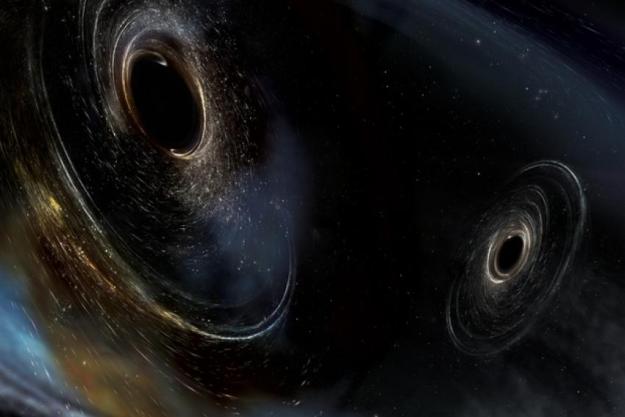Europe’s dark matter investigation spacecraft, Euclid, is getting ready for its launch next year. Now it has reached a milestone with the joining of two of its major components: The payload and service modules.
The payload module is the part of the spacecraft which holds the spacecraft’s instruments, including a reflecting telescope and two imaging instruments, the VISible imager (VIS) and the Near Infrared Spectrometer and Photometer (NISP). The service module contains the computers which control the instruments, as well as other spacecraft systems like navigation, power, and propulsion.

With the joining of these two parts, the spacecraft is beginning to come together. “It was really exciting to see the spacecraft coming together and get one step closer to seeing the mission become a reality. I almost feel like we have united two family members,” said Euclid Assembly, Integration and Testing engineer Hans Rozemeijer in a statement.
The joining process involved using a crane to gently lower the payload module, which weighs 800 kilograms, onto the service module. It was then attached at six points. Rozemeijer explained the next steps: “After the modules were joined mechanically, we added connector brackets and plugged in the electrical connectors. Then we checked that everything was working properly. Finally, we covered the connector brackets and any tiny remaining gaps between the two modules with thermal insulation to really seal up the spacecraft.”
The two parts had to be joined with extremely high accuracy, with a margin of error of less than the width of a human hair. The process seems to have gone smoothly though, as checking afterward revealed no problems. Now the engineers can move on to the next task, fitting the spacecraft’s sunshield and solar panels which is scheduled for later this month.
There had been concerns that the launch of Euclid would be affected by Russia suspending its launches from Europe’s spaceport, as the original plan was to launch Euclid using a Russian Soyuz rocket. However, now French launch provider Arianespace will launch the spacecraft using its Ariane 6 rocket, according to the French-language site Ciel & Espace. The launch is scheduled for next year.
Editors' Recommendations
- Euclid space telescope captures stunning images of far-off galaxies
- Get out the scrapers: Euclid space telescope is getting deiced
- See the stunning first images taken by the dark matter-hunting Euclid telescope
- Euclid’s navigation problems have been fixed with new software upload
- Dark matter hunting telescope Euclid has a problem with its guidance system



